What Are the Stages of Alcoholism & the Jellinek Curve?
Written by Melissa Carmona
& Medically Reviewed by Eric Patterson, LPC
Medically Reviewed
Up to Date
Updated 06/17/2022
The Jellinek Curve illustrates the descent into addiction and the path to recovery by identifying symptoms and experiences along the way.
Although the progression of drinking alcohol to full alcohol addiction and dependence is a highly individualized experience, aspects and stages of the journey are common and predictable. E.M. Jellinek, a founder of modern addiction science in the early and mid-1900s, worked to formalize stages of addiction that could apply to large groups of people. Based on collected data, he introduced the Jellinek Curve, which is a graphic representation of a person’s journey through addiction.
Stage 1: Pre-Alcoholism
Not everyone who drinks alcohol is destined to experience addiction, but many will. Stage one of the Jellinek Model focuses on drinking behaviors that are expected before any problematic drinking occurs.
Stage one is marked by relief drinking. Relief drinking includes all times that a person chooses to consume alcohol in order to modify their feelings. Here, a person may drink to:
- Shrink anxiety
- Minimize depression
- Decrease stress
- Improve social skills and communication
This relief drinking is a negative coping skill as the person thinks drinking is helping the situation. In reality, the behavior is setting the stage for long-term issues and shifting focus away from positive coping skills.
Stage 2: Prodromal or Early Alcoholism
With alcohol becoming the main method of improving mood and decreasing stress, the individual will enter early alcoholism in stage two. Here, the drinking is no longer social as it transitions to a means of escape and avoidance.
During stage two, the person will show more obvious signs of problematic drinking like:
- Needing to drink more and more often due to increasing tolerance
- Drinking to excess more often, despite the increasingly negative effects of alcohol
- Being sneaky about drinks or drinking more quickly to relieve distress
- Blacking out. Due to the increased speed and quantity, the person will be unable to moderate and manage their drinking. They will pass out or blackout with little recollection of previous events.
- Regular hangovers. As drinking increases, the withdrawal effects of hangovers and feeling unwell the next day become more common.
In stage two, people feel like they still have control over their behaviors. They can stop drinking for periods before the cravings become too strong and drinking restarts.
Stage 3: Crucial Phase or Middle Alcoholic
The primary difference between stage two and stage three centers around control. Some levels of control exist in stage two: alcohol use is a bad habit in this stage. Loss of control is the hallmark of stage three.
Psychological addiction emerges in stage three and a series of other symptoms occur quickly, including:
- Making excuses or blaming others for their drinking
- Making promise and resolutions to change their behaviors with no follow-through
- Spending increased amounts of time, effort and energy drinking, which leads to problems with relationships, physical health and work
- Increasing stress due to legal, money or employment issues
- More anger, irritability and aggressive behaviors
- Making unhelpful compromises by changing the type of alcohol consumed, time of consumption or style of consumption
In stage three, alcohol is affecting the person’s mental, physical, social and spiritual health. Friends and family members will begin losing patience, trust and understanding for the person’s substance use.
Stage 4: Chronic Phase or Late Alcoholic
In stage four of the Jellinek Model, physical dependence is firmly in place. This state means that the person’s body and brain now require alcohol in the system to feel well and function normally. If no alcohol is present, a person will feel sick, shaky and other physically and mentally-distressing effects.
The person will continue drinking to avoid these unwanted effects. Once they start, they have no self-control to manage drinking. They may end up drinking all day, every day. Other symptoms of the chronic phase or late alcoholic phase of the Jellinek Curve include:
- Lengthy periods of intoxication, sometimes called benders
- Spending less time around family and loved ones and more time with others who drink chronically
- Obsessive thoughts about drinking, like what to drink, when to drink, how to get more to drink and who to drink with
- Being unable to create change or productivity in life
- Poor thinking patterns and a decreased ability to concentrate and make reasonable decisions
- Resentment, fears and worries. The person may speak about paranoid and delusional feelings of anger and anxiety that are not wholly based in reality.
A Terminal Consequence
If the Jellinek Curve represents a valley, stages one, two and three are downhill, and stage four is the deepest rock bottom. At this point, the person begins an endless cycle of drinking, resentment, anger, sadness and anxiety unless they find a way to eject from the cycle.
The risks of stage four include a host of serious and potentially irreversible mental and medical damages like:
- Pancreatitis
- Cirrhosis of the liver
- Damage to the esophagus or stomach
- Increased risk of cancers
- Depression
- Anxiety
- Alcohol-related psychosis
- Chronic memory loss and confusion
- Alcohol poisoning
- Death
The person may also face divorce, homelessness, legal issues and financial ruin due to their drinking. Unfortunately, some people never progress past the bottom of stage four.
Related Topic: Alcohol and Depression
Stage 5: Recovery
For the people that feel inspired to change their path and modify their direction in life, recovery and rehabilitation are possible. As people climb out of the valley of addiction and dependence, they can expect a tough journey with happiness, health and enlightenment at the end.
Experiences and expectations for the recovery stage of the Jellinek Curve include:
- Learning about alcoholism as an illness
- Establishing new hopes and optimism for the future
- Adjusting to new ways of living
- Healthy thinking resumes
- Stable relationships with friends and family begin
- Commitment and contentment with sobriety
- Renewed self-worth and self-esteem
- Reinvestment in physical and mental health
Recovery starts with an honest desire for help and rehabilitation. Since the path out of rock bottom is steep, people may backslide towards stage four before fully moving to recovery.
Are you or a loved one struggling with addiction?
Our Recovery Advocates are available 24/7 to help.
Considerations Regarding the Jellinek Curve
As mentioned, addiction and addiction recovery are unique experiences that will differ greatly between people. With that being said, the Jellinek Curve, despite its age, offers wonderful insights into the progression of alcohol use.
With the visual aid of the illustration, the Jellinek Curve provides a clear, accessible model of addiction. Because the Jellinek Curve is broad, it can apply to other forms of addiction besides alcoholism, including drug addiction, gambling addiction and more.
If you find yourself or a loved one past the first stage of the Jellinek Curve, it’s never too early to seek help. The Recovery Village at Baptist Health offers personalized addiction treatment options so people at every stage (even rock bottom) can journey towards recovery. Contact us today so we can answer your questions about treatment and get you started.
View Sources
O’Neal, Angelina. “Jellinek Phases: The Progressive Symptoms of Alcoholism.” February 3, 2018. Accessed October 24, 2020.
State of Indiana. “Addiction and Recovery: The Jellinek Curve.” Accessed October 24, 2020.
Ward, J.H, Bejarano, W., Babor, T.F. and Allred, N. “Re-Introducing Bunky at 125: E.M Jellinek’s Life and Contributions to Alcohol Studies.” Journal of Studies on Alcohol and Drugs. March 29, 2016. Accessed October 24, 2020.
Authorship



